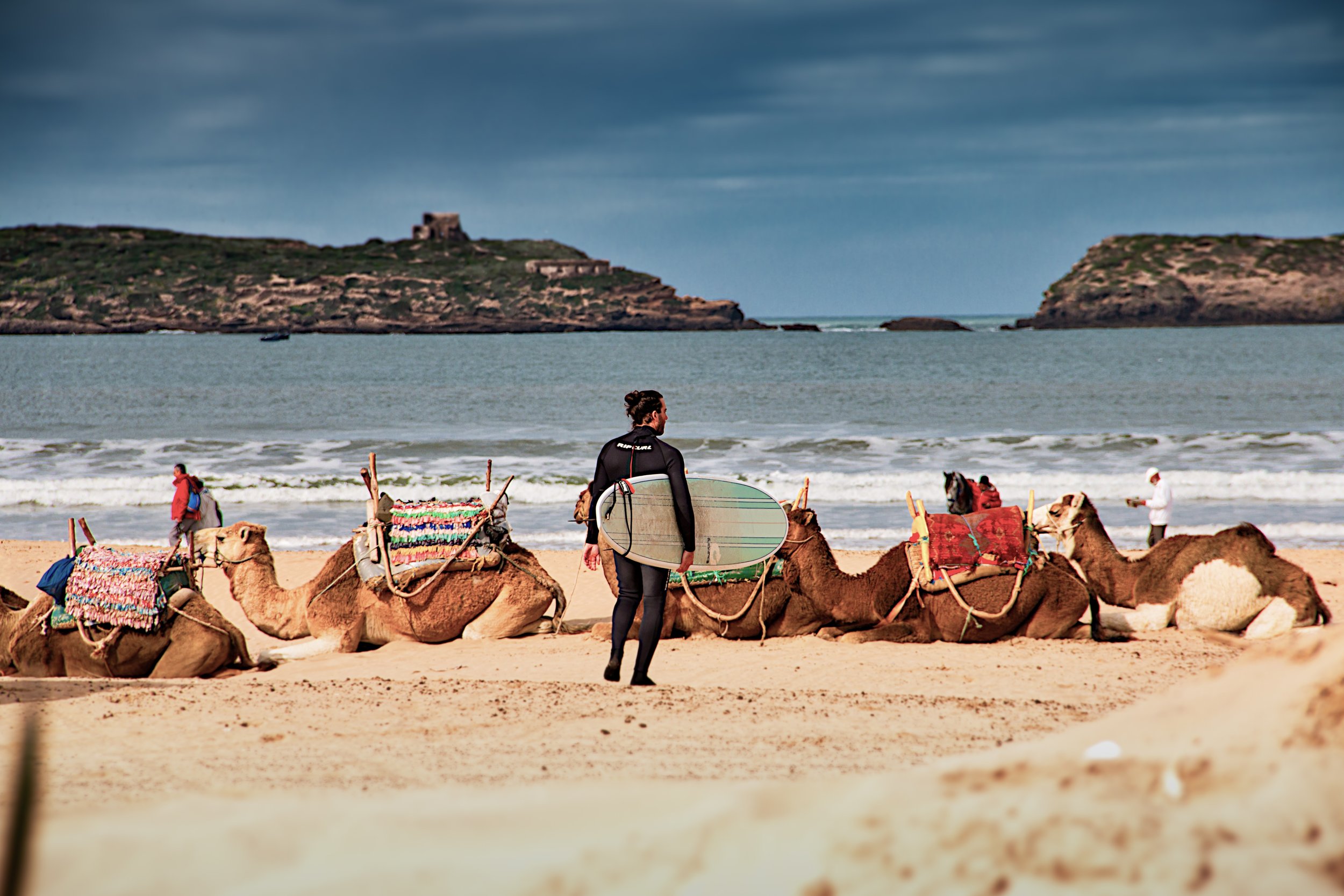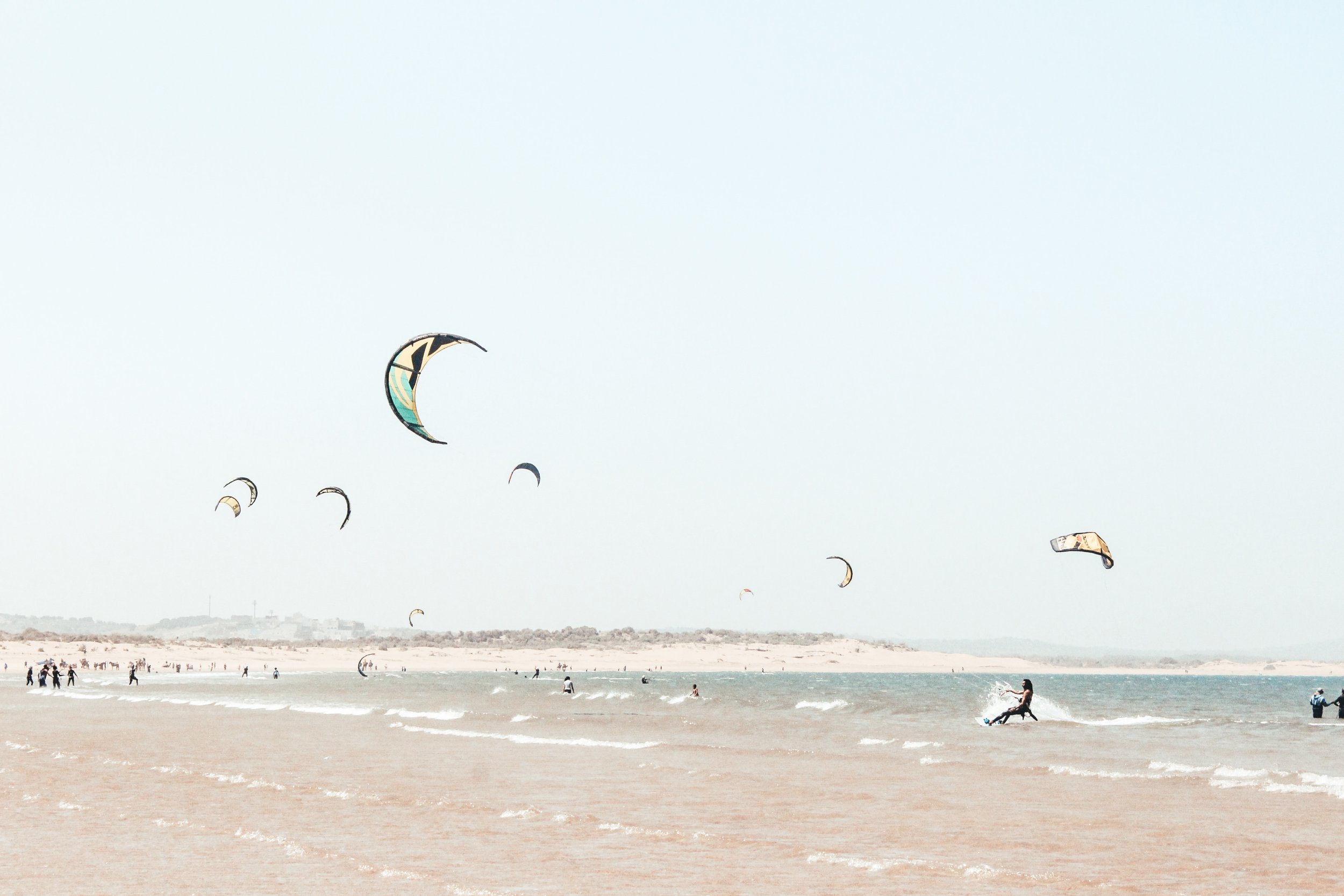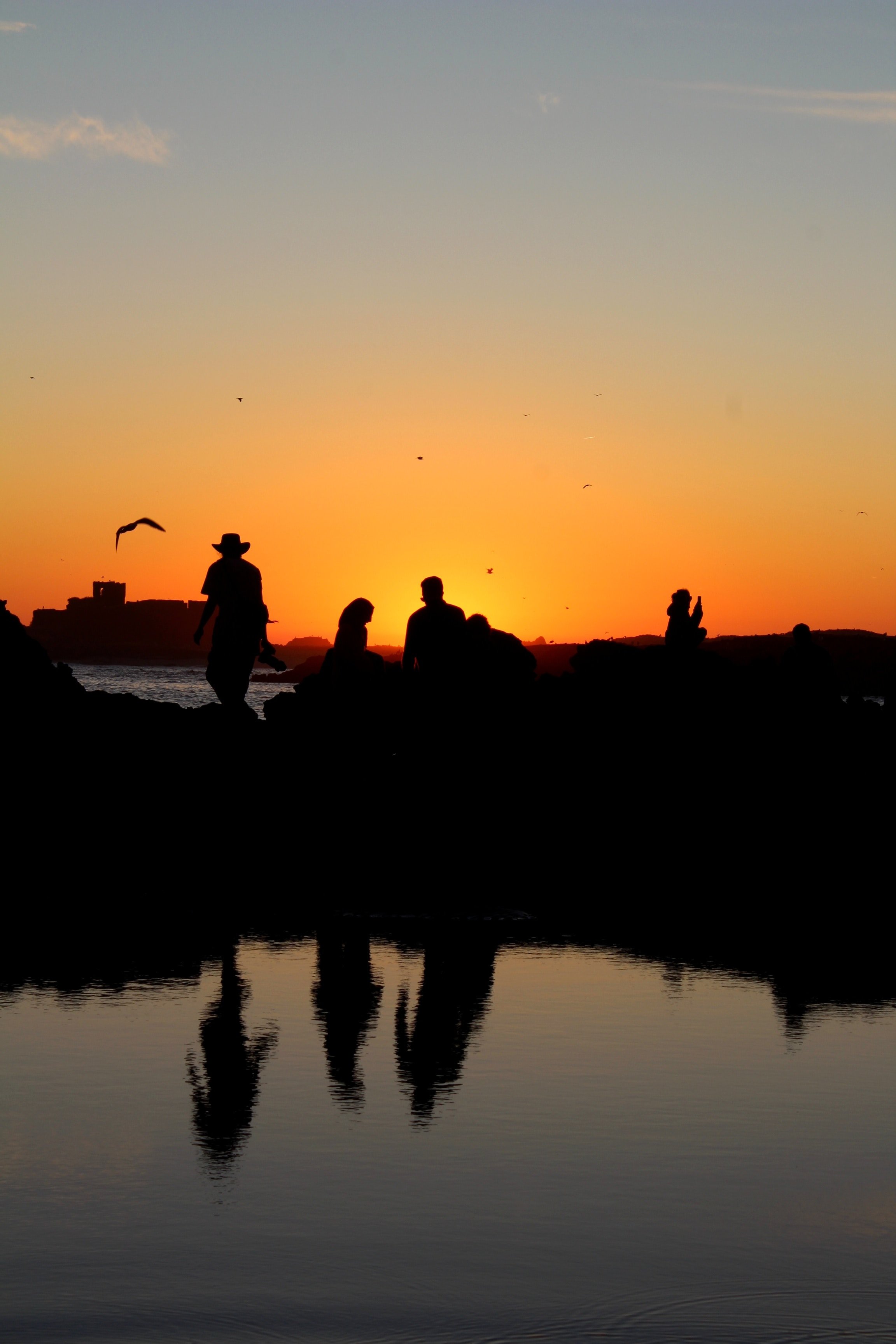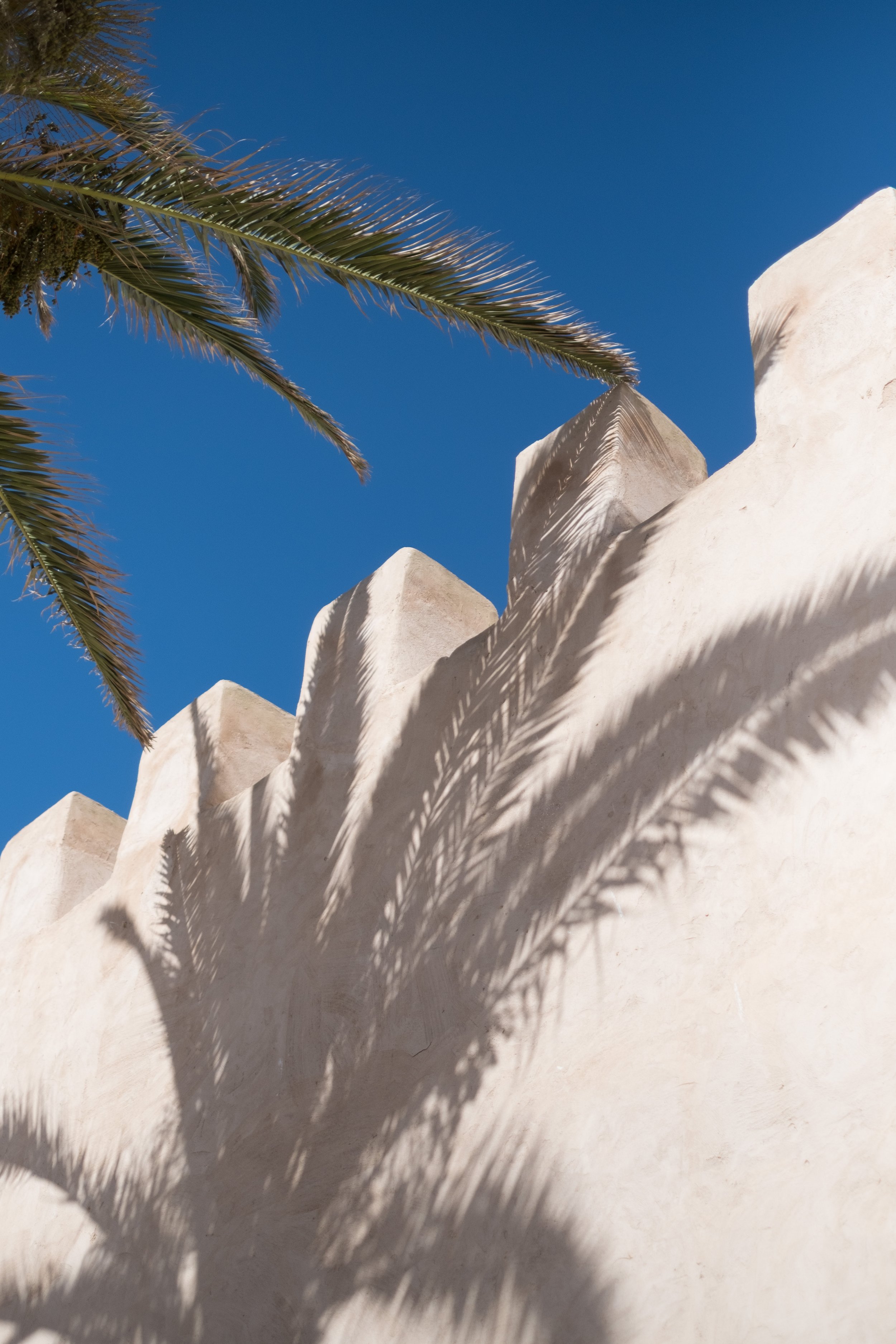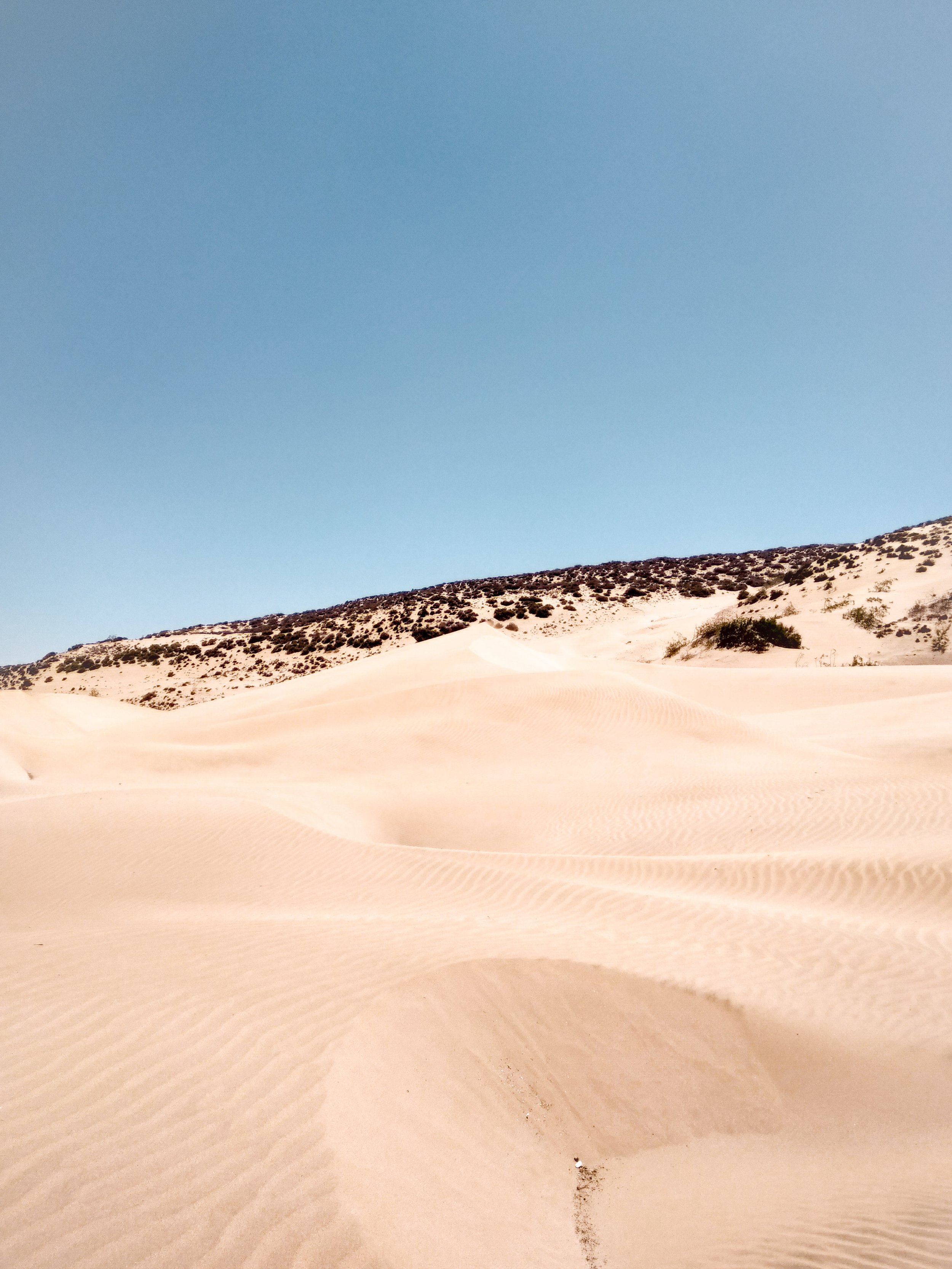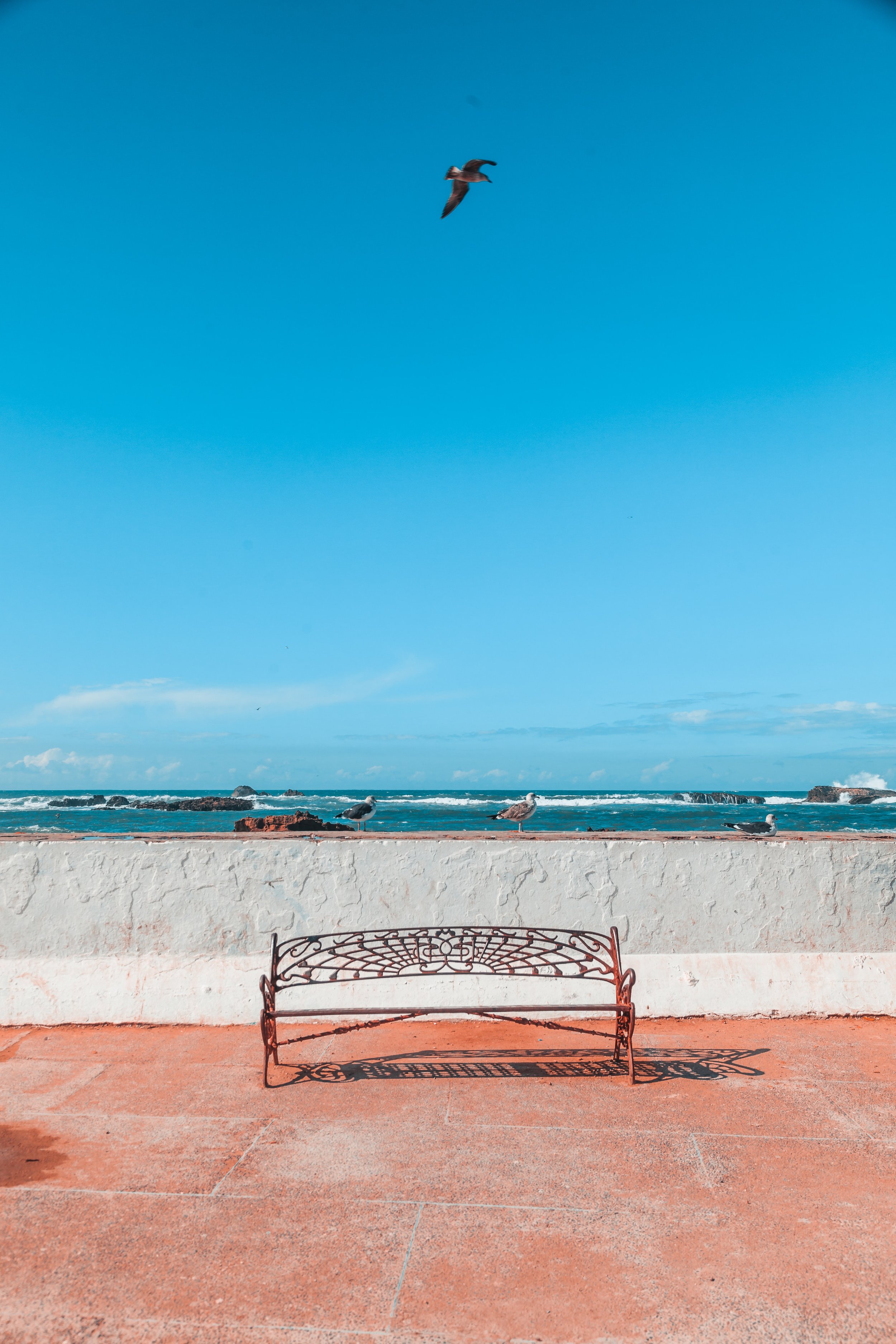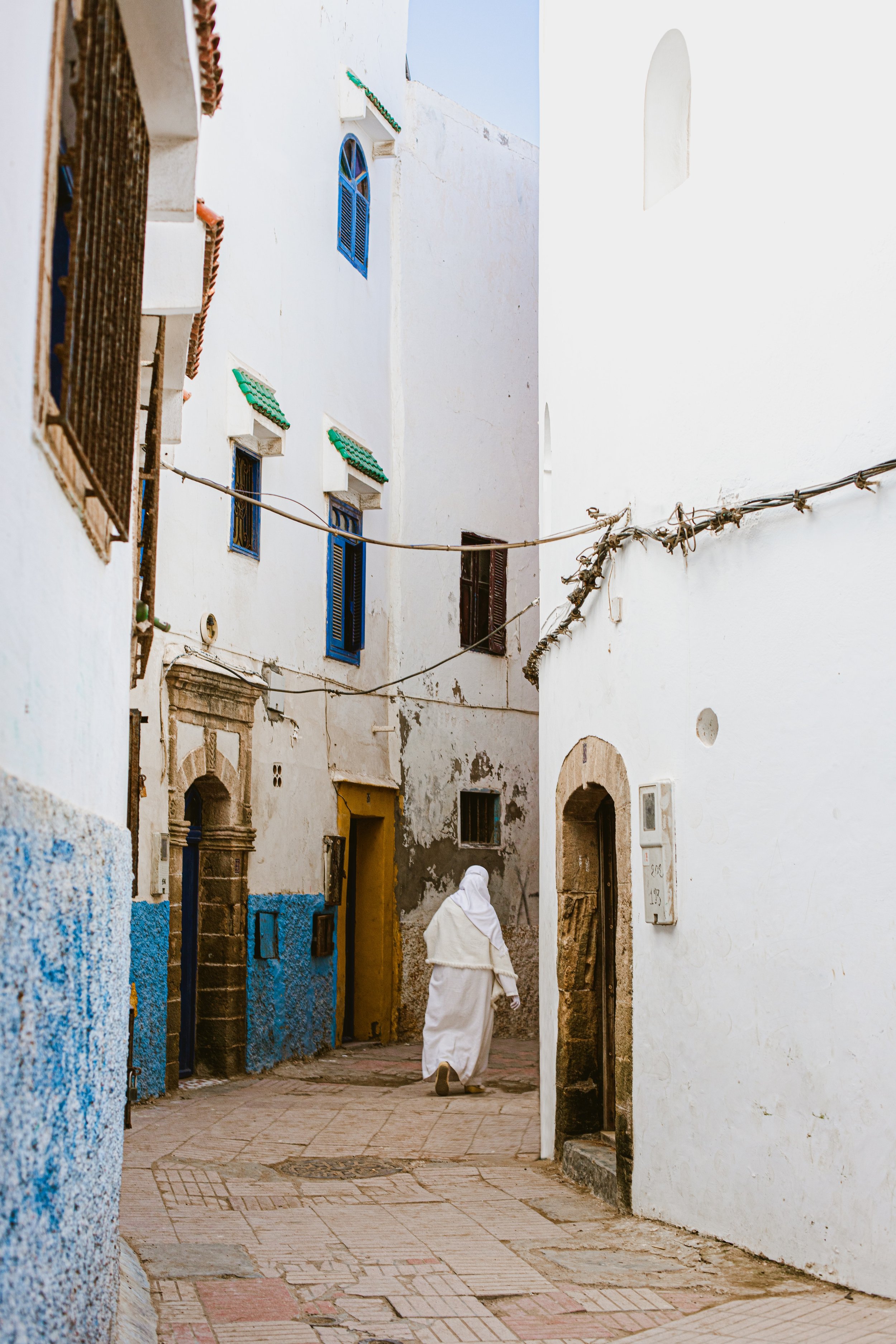Surf, sand, and serenity: Morocco's hidden beaches beckon slow living souls
Forget the bustling bazaars and postcard-perfect sunsets of Marrakech. Beyond the tourist magnets, Morocco's coastline whispers secrets to adventurous souls seeking refuge in rhythm and nature. Here, on hidden beaches carved into rugged cliffs or nestled between charming fishing villages, time slows to the gentle pulse of the sea.
Surfers have long been attuned to Morocco's hidden treasures. Taghazout, once a sleepy village, now hums with a laid-back surfer vibe, its crescent bay offering waves for all skill levels. But venture south, past Essaouira's ramparts, and you'll stumble upon Imsouane. Carved by ancient volcanic activity, this secluded cove hides two world-class breaks, La Bay and La Cathedrale, beckoning experienced riders with hollow tubes and powerful swells.
But Morocco's hidden beaches offer more than just adrenaline rushes. For those seeking serenity, the windswept shores of Sidi Wassay stretch endlessly, punctuated by traditional fishing huts painted in vibrant blues. Here, time melts away with the setting sun, replaced by the rhythm of crashing waves and the salty breath of the ocean.
Beyond the pristine sand and rhythmic waves, Morocco's hidden beaches hold a historical whisper. Ancient Berber villages cling to rugged cliffs, their whitewashed houses mirroring the crests of breaking waves. Fishing communities, untouched by tourist tides, carry on traditions passed down through generations, mending nets under the warm sun and welcoming curious travelers with open smiles and steaming cups of mint tea.
So, if your soul craves the whisper of wind in your hair and the rhythm of the ocean in your heart, escape the beaten path and embrace Morocco's hidden shores. Trade souks for solitude, desert winds for ocean spray, and rediscover the slow living pulse that connects us to nature and ourselves.


